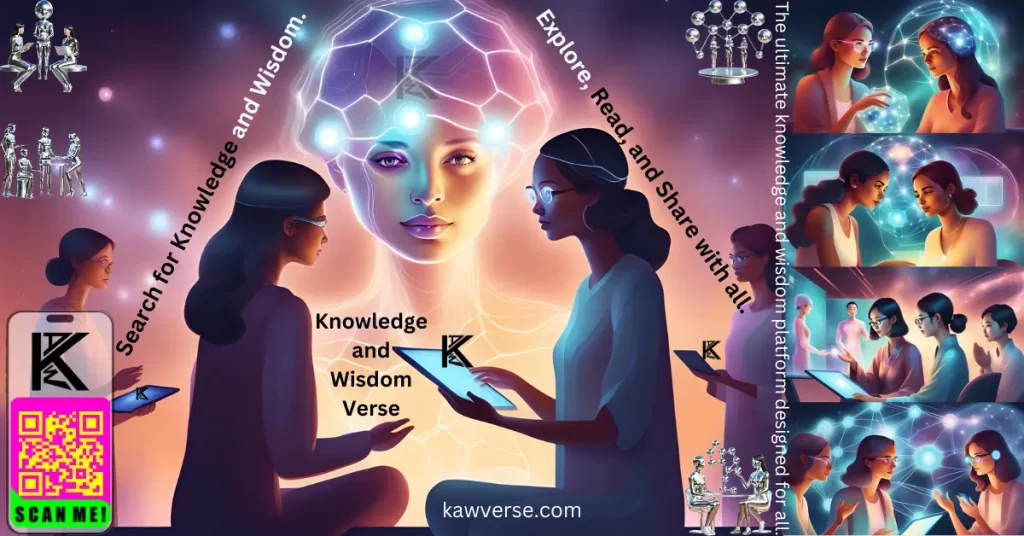The letter L is one of the most recognizable characters in the English alphabet. Found in countless words, names, and symbols, L serves as a building block in language and communication. This article explores the fascinating world of L, highlighting its definition, applications, and relevance while providing actionable insights and answers to common questions. Whether you’re a linguist, a teacher, a student, or simply curious, this guide is tailored to meet your needs.
Definition
The letter L is the twelfth letter in the modern English alphabet and the seventh consonant. It originated from the Semitic letter lamedh, which represented a goad or shepherd’s staff. Over time, the Phoenicians, Greeks, and Romans adapted this character, leading to the L we know today.
In phonetics, L is classified as a lateral consonant because the airflow during its articulation escapes along the sides of the tongue. For example, when you say words like “love” or “light,” your tongue touches the roof of your mouth, creating the distinct L sound.
Examples of L in Use
- Initial Position: Light, Lion, Lemon
- Medial Position: Balloon, Silent, Holiday
- Final Position: Call, Fall, Real
Target Audience
This article is designed for:
- Beginners: Children learning the alphabet or non-native speakers mastering English.
- Educators: Teachers seeking engaging ways to explain L’s role in language.
- Linguists and Researchers: Those exploring phonetics and linguistic structures.
- General Enthusiasts: Anyone curious about the alphabet’s history and applications.
Applications and Real-World Use Cases
The letter L plays a vital role across various domains, including language, culture, and technology:
1. Language and Communication
L is essential in forming words and expressions. Its versatility allows for a wide range of sounds and meanings in diverse languages. For instance:
- English: Light, Love
- Spanish: Luz, León
- French: Lumière, Libre
2. Mathematics and Science
L often symbolizes length in geometry or inductance in physics. It’s also a key unit in Roman numerals, representing the number 50.
3. Technology
L is frequently used as an abbreviation in programming and engineering, such as:
- HTML: Lists
- Electrical Circuits: Inductance (L)
4. Pop Culture and Branding
From logos to slogans, L features prominently in iconic names like Levi’s and LinkedIn, demonstrating its impact on branding and identity.
Relevance and Importance
Understanding L is crucial in today’s world for several reasons:
1. Enhances Literacy and Communication
L is integral to reading, writing, and speaking effectively. Familiarity with this letter builds foundational skills for language learners.
2. Cross-Cultural Significance
L appears in languages and scripts worldwide, underscoring its universal importance.
3. Symbolism and Trends
L often symbolizes concepts like leadership, love, and liberty, making it relevant in societal narratives and trends.
Types and Subtopics
L’s versatility can be explored through various lenses:
1. Phonetics
The two primary sounds of L are:
- Light L: Found in words like “light” or “lamp.”
- Dark L: Common in words like “call” or “ball,” where the tongue is positioned further back.
2. Calligraphy and Typography
L appears in numerous fonts and styles, from elegant cursive scripts to bold block letters.
3. Digital Applications
In the digital age, L’s usage spans emojis, coding, and branding, showcasing its adaptability.
Benefits of Reading This Article
- Gain a comprehensive understanding of L’s history and phonetics.
- Learn practical applications across multiple fields.
- Discover real-world examples and actionable insights.
- Access a resource tailored to diverse audiences.
Key Takeaways
- L is the twelfth letter of the alphabet with historical roots in ancient scripts.
- Its applications span language, science, technology, and culture.
- Understanding L enhances communication and literacy skills.
FAQs
1. Why is the letter L important?
L is crucial for forming words and facilitating effective communication. It’s also significant in science, mathematics, and cultural contexts.
2. How do you teach children about the letter L?
Use visual aids, storytelling, and phonics exercises to make learning engaging. Practice writing and recognizing L in various contexts.
3. What are the sounds of L?
L produces a light sound (e.g., “light”) and a dark sound (e.g., “call”), depending on its position in a word.
4. What does L symbolize in different contexts?
L can symbolize length, leadership, or even love, depending on the field of use.
Next Steps and Future Directions
- For Learners: Explore more letters and their applications in language.
- For Educators: Integrate interactive tools and technology for teaching the alphabet.
- For Researchers: Investigate emerging trends in linguistic studies.
Future Trends
- Increased use of L in digital communication, including coding and social media.
- Advances in linguistic research exploring L’s phonetic and cultural significance.
Conclusion
The letter L is more than just a character; it’s a cornerstone of language, culture, and innovation. By understanding its origins, applications, and significance, readers can appreciate the profound role it plays in our lives. Whether you’re teaching, learning, or researching, the journey through L is as enlightening as it is essential. Continue exploring, and let L lead the way to new insights and opportunities.


Leave a Reply
You must be logged in to post a comment.